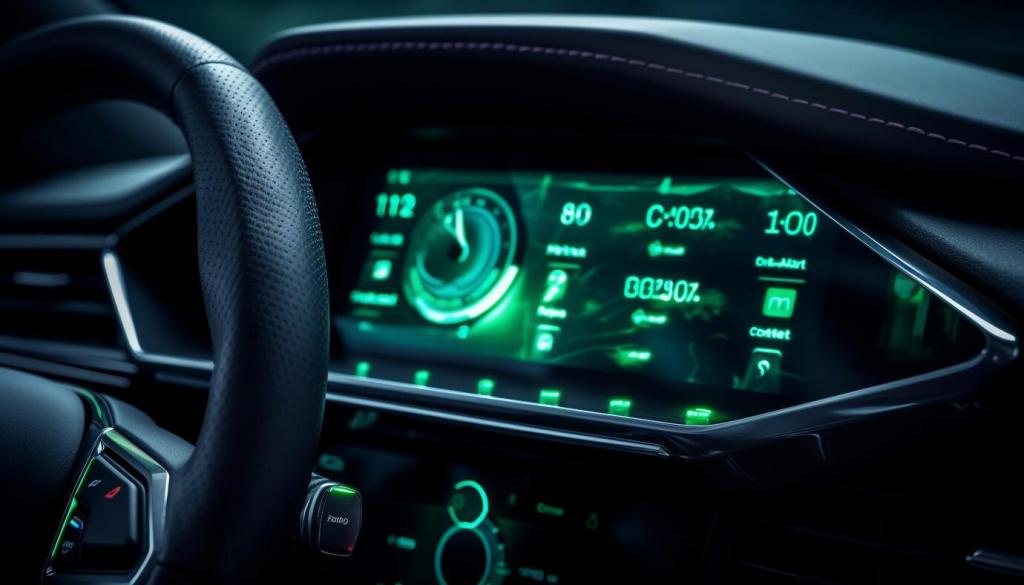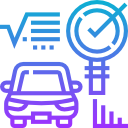The Future of Autonomous Driving
Autonomous driving is not just a technological marvel—it represents a transformative force poised to reshape personal mobility, urban landscapes, and entire industries. As artificial intelligence, sensor technologies, and data networks progress at an unprecedented pace, the vision of cars that navigate safely without human intervention is fast transitioning from experimental prototypes to an impending reality. The journey towards fully autonomous vehicles is complex, blending breakthroughs in engineering with evolving regulations and shifting societal expectations. This page explores the multidimensional future of autonomous driving, examining how innovation and adoption will shape the road ahead.

Technological Advancements Paving the Way
AI and Machine Learning Revolutionizing Perception
Artificial intelligence lies at the heart of every advanced autonomous vehicle system. Through machine learning, vehicles gain the ability to interpret and learn from vast streams of data collected in real time by their sensors. Deep neural networks help distinguish pedestrians from posts, recognize vulnerable road users, and anticipate traffic light changes. The capacity for continual learning enables vehicles to refine their responses to complex, nuanced environments—adapting over millions of miles on test tracks and urban roads. This technology is not only increasing the precision of object detection but is also teaching autonomous cars to make real-time decisions that were once uniquely human. As AI grows ever more capable, the dream of safe, fully autonomous driving inches closer to reality.
Sensor Fusion Driving Situational Awareness
The reliability of autonomous vehicles depends on a suite of sensor technologies—lidar, radar, cameras, and ultrasonic detectors—that work together to provide a panoramic, high-definition view of the environment. Sensor fusion merges these perspectives to detect obstacles, read traffic signs, estimate distances, and track fast-moving objects more accurately than human eyes ever could. These systems not only empower vehicles to make informed decisions within milliseconds but also enable them to operate under diverse weather or lighting conditions. As sensor integration improves and costs decrease, sophisticated situational awareness will become standard, unlocking higher levels of autonomy for mainstream adoption.
V2X Communication Enhancing Connectivity
Vehicle-to-everything (V2X) communication represents a paradigm shift for intelligent transportation systems. It allows vehicles to seamlessly connect and exchange information with each other, with road infrastructure, and even with the broader digital grid. Through V2X, cars can receive alerts about upcoming hazards, synchronize with traffic lights, and coordinate safe maneuvers with surrounding vehicles. This connected ecosystem drastically reduces the likelihood of collisions and gridlock, while also paving the way for fleet coordination, dynamic routing, and remote diagnostics. As V2X technology rolls out globally, the infrastructure supporting autonomous vehicles will become ever more robust and anticipatory.
Societal Impacts and Mobility Transformation

Redefining Urban Mobility and Commuting
Autonomous vehicles hold the potential to reconfigure urban life, shrinking commutes and making travel more productive or restful. Shared fleets could reduce the number of vehicles needed on city streets, cutting congestion and freeing up precious land currently devoted to parking. This shift could enable cities to reclaim space for parks, housing, or green corridors. Travelers, freed from the wheel, might rethink where they live and work, further transforming urban sprawl and densification patterns. As new forms of mobility, like autonomous shuttles and robotaxis, become viable, commuting itself may become less a necessity and more an integrated, seamless service.

Fostering Greater Inclusivity and Accessibility
The promise of autonomous driving extends to broadening mobility for people traditionally underserved by transportation systems. For the elderly, disabled, or visually impaired, fully autonomous vehicles offer newfound independence and easier participation in social and economic opportunities. Additionally, self-driving technology could revolutionize rural connectivity, bridging gaps in regions where public transport is scarce. However, to deliver on these promises, system and vehicle design must prioritize universal accessibility and user-friendly interfaces, ensuring that innovation lifts all segments of society, not just the technologically savvy or affluent.

Addressing Safety, Traffic, and Environmental Concerns
Autonomous driving could dramatically reduce traffic fatalities, which claim over a million lives globally each year. By eliminating human error—the leading cause of accidents—self-driving systems have the potential to set new standards for road safety. Moreover, coordinated vehicle movements and efficient algorithms could ease traffic congestion, lower fuel consumption, and reduce greenhouse gas emissions. The transition to electric, shared autonomous vehicles promises further environmental benefits. Nevertheless, realizing these gains depends on responsible deployment, diligent regulatory oversight, and careful integration with broader transportation systems.
Navigating Regulatory and Ethical Frontiers
Creating Robust Legal Frameworks
Regulation is racing to catch up with the realities of autonomous vehicle technology. Policymakers and governing bodies around the world are tasked with creating harmonized legal environments that balance innovation with public safety. Issues such as insurance requirements, accident liability, and certification standards remain far from settled, particularly as vehicles become less reliant on human drivers. Harmonizing laws across regions and establishing clear accountability in the event of system malfunctions or accidents are critical steps toward building public confidence and encouraging investment in autonomous mobility.
Tackling Ethical Dilemmas in Decision-Making
Autonomous vehicles must routinely make split-second decisions that can carry significant moral weight. These range from prioritizing the safety of their passengers to protecting vulnerable road users. Programming ethics into algorithms—deciding how a vehicle should behave in unavoidable accident scenarios—raises unprecedented questions about trust, transparency, and societal values. Ethical frameworks must be developed in collaboration with communities, ethicists, and technologists to navigate these dilemmas equitably. Ultimately, the legitimacy of autonomous driving depends not just on what systems can do, but on whether their actions are perceived as fair and trustworthy.
Ensuring Data Privacy and Cybersecurity
Autonomous vehicles depend on vast quantities of data, from GPS location histories to real-time sensor feeds, creating new privacy concerns and targets for cyber threats. Protecting user data and securing vehicle networks against hacking or manipulation are paramount. Incidents involving unauthorized access or breaches could erode public trust and jeopardize safety. As vehicles become more connected, robust cybersecurity standards and privacy protections must be embedded at every level—from hardware and software to cloud infrastructure—ensuring that innovations do not come at the cost of personal or societal security.
